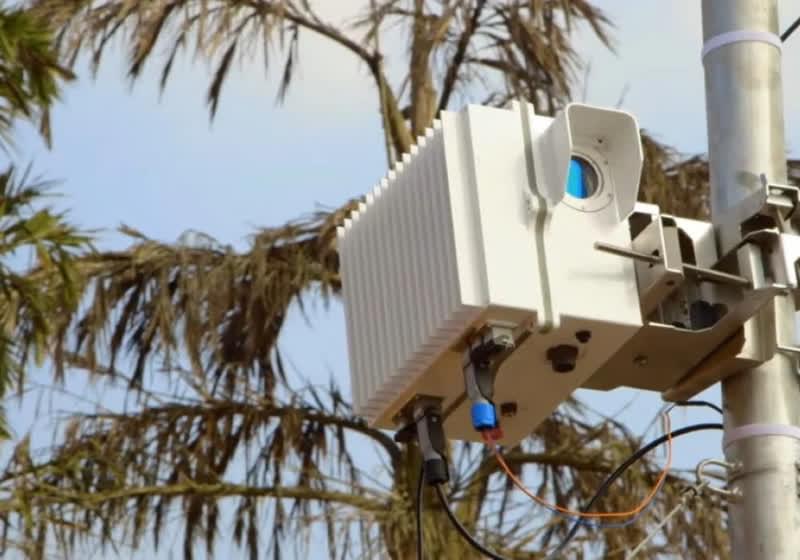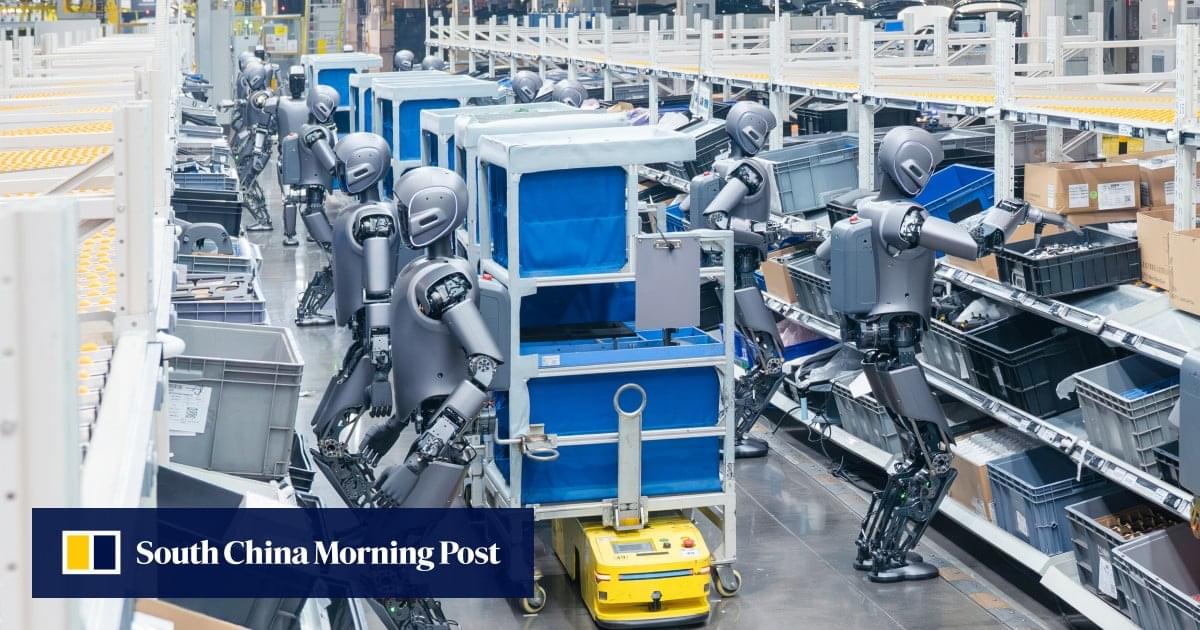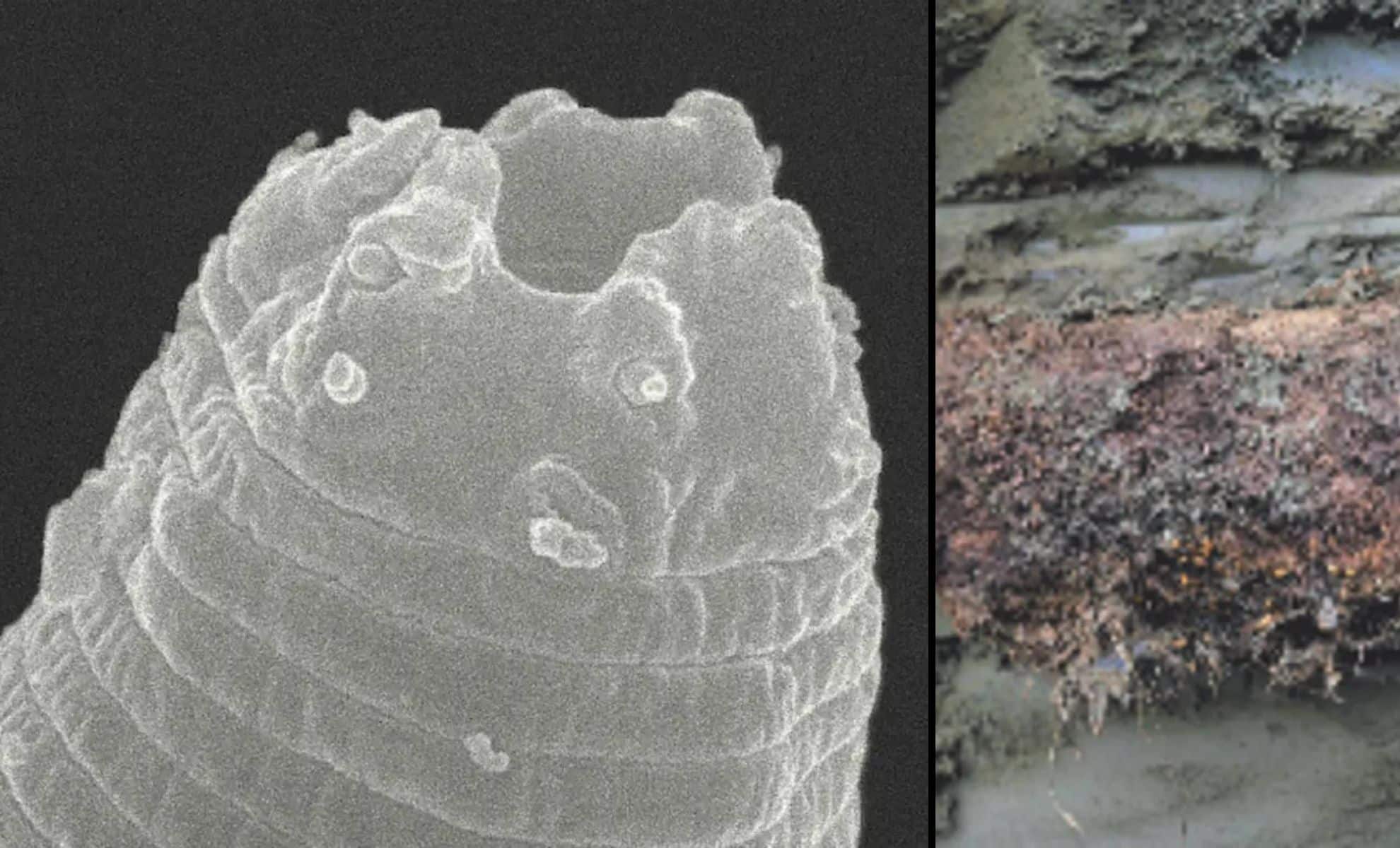A woman can see nearly 100 million more colors than the rest of us.
This extraordinary ability, known as tetrachromacy, arises from a rare genetic variation that influences the development of the retina, giving her an extra type of cone cell capable of detecting a broader spectrum of light.
While most people have three types of cone cells, allowing them to see around a million colors, tetrachromats have four, enabling them to perceive a staggering range of hues that remain invisible to the average person. For this woman, the world is a kaleidoscope of vibrant, nuanced colors. Ordinary scenes, such as a pathway of pebbles, transform into a dazzling array of oranges, yellows, greens, blues, and pinks, while others see only dull gray.
However, tetrachromacy is not always a blessing. The overwhelming array of colors in environments like grocery stores can be distressing, as the sheer intensity of visual information becomes exhausting. She finds solace in the simplicity of white surfaces, which provide a rare respite from the constant flood of color. Tetrachromacy is thought to be exclusive to women due to its genetic basis. The genes responsible for red and green cone cells are located on the X chromosome. Women, with two X chromosomes, can carry different versions of these genes, potentially resulting in four distinct cone types. While approximately 12% of women may have the genetic potential for tetrachromacy, only a small fraction exhibit the enhanced color perception associated with the condition. Researchers identified the first tetrachromat in 2010. Since then, others have described experiencing a world filled with richer and more nuanced colors.
Learn more.
As a kid, Concetta Antico was always ‘a bit out of the box’, but it took decades for her to discover just how differently she was seeing the world.






